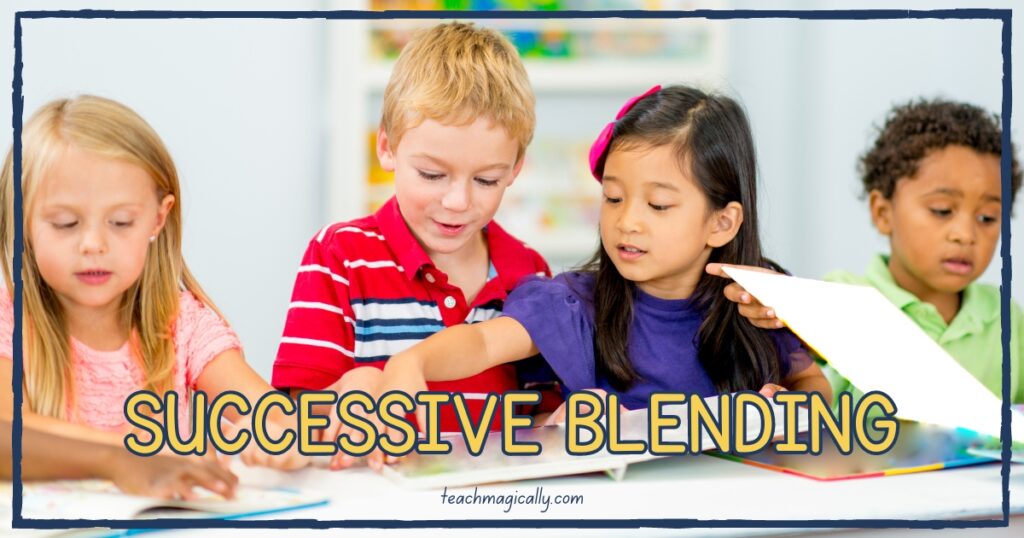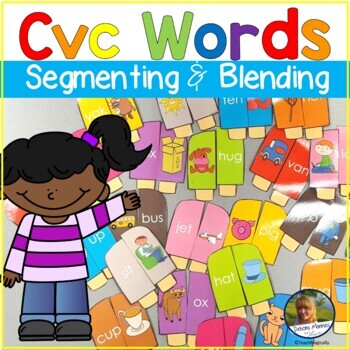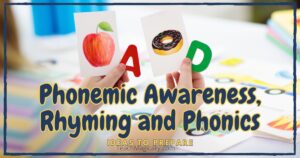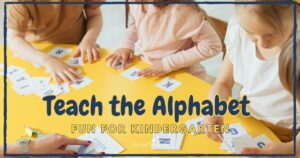
When we are asking our students to decode a CVC word we are asking them to first recall the sound correspondence for the letters, hold those individual sounds in their memory, then go back to blend the sounds together.
So not only are we asking them to blend, we are asking them to remember each sound. This could be a little much for our beginning readers especially kindergarten kiddos. Also, it is especially difficult for students with ADD or memory issues.
Isabel Beck, author of Making Sense of Phonics: The Hows and Whys, explains how to do successive blending so they do not need to hold more than 2 sounds together in their memory at a time.

📌THIS FOR LATER
How do you do successive blending?
1. Place the letter cards “n” “e” and “t” separated in a pocket chart or on table
2. Point to the “n” and say /n/
3. Point to the “e” and say /e/
4. Physically slide the “e” over to the “n”
5. Slide finger along the “ne” and say /ne/
6. Point to the “t” and say /t/
7. Move the “t” card next to the “ne” to make the word “net”
8. Slide finger under “net” and say “net” slowly
9. Read the word faster
Before focusing on blending, be sure to do a lot of segmenting practice. Once segmenting is practiced then practice, practice, practice blending with a lot of fun games and activities. As a matter of fact, you can see that hopping and matching makes this a fun game.
You can find this resource by clicking on the picture.
Be sure to follow Debora Marines TeachMagically for new products, discounts, updates, and freebies. Here’s where you can find me: Teachers Pay Teachers, Facebook, Instagram, or Pinterest






Great blog post, thanks for sharing this info 🙂
Teaching Autism
You are so welcome!
The "sliding the letters together" method works so well for my own kids. Great advice.
Hope it helps!
Thanks so much for sharing! I'll definitely try this out 🙂 Blending letters together has been helpful for my kiddos so I think they'll benefit from sliding the letters too!
Hope it helps!
We use a blending board for Orton Gillingham instruction. We slide our hand across the top of the letters but I want to try it this way as well. Thanks for the suggestion!
Thanks! I will have to check out Orton Gillingham.
Sometimes we are so used to naturally saying a word, we can forget our students need to see the word in action.Thank you!
Movement sometimes helps!